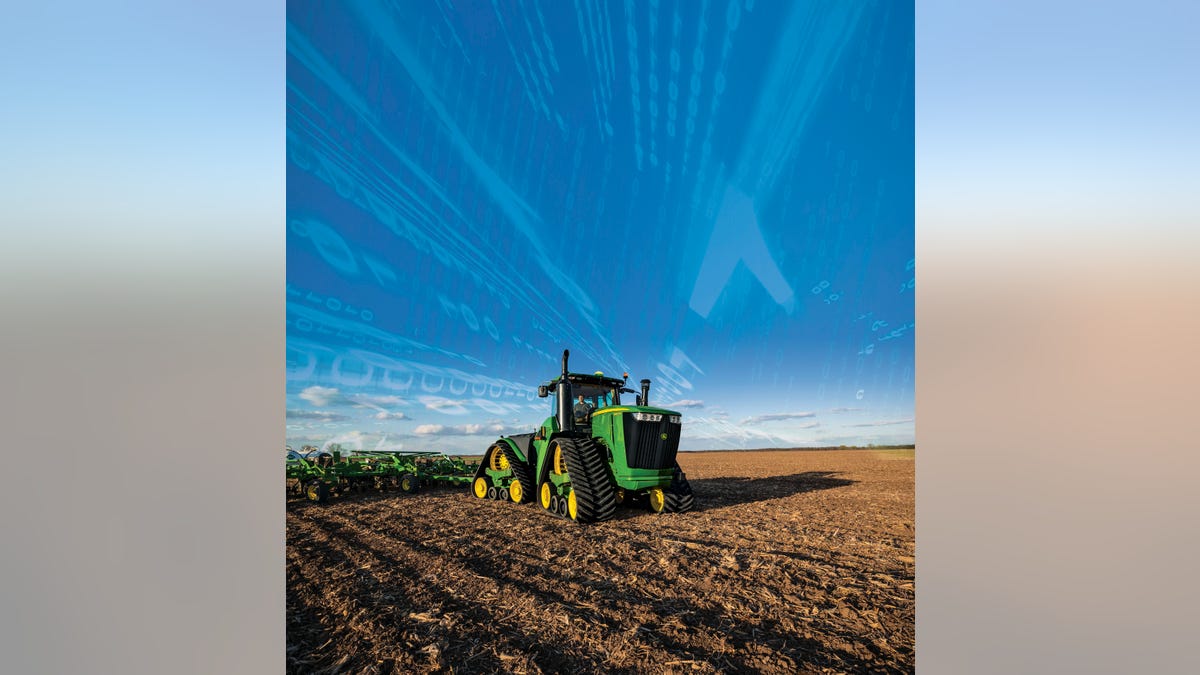
(NASA –Astronaut Scott Kelly takes a selfie during a spacewalk on October 28, 2015)
In its nearly 60 year history, NASA has put a man on the moon, sent a probe beyond our solar system and captured images of the heavens with advanced telescopes. Although the primary goal of the space agency is to put humans in space, advanced technology eventually find its way back down to Earth.
Each year NASA publishes a magazine highlighting some of the inventions that have trickled down from space into modern day life.
VATICAN TAPS SPACE TECHNOLOGY TO PRESERVE ITS TREASURES

(Copyright© 2015 Deere & Company)
Image sensors for cell phones and cameras (yes that includes selfie cameras), space blankets, memory foam, enriched baby formula and precision GPS to name a few, were all developed with the help of NASA.
Dan Lockney is the executive director of NASA’s Technology Transfer Program. He says Congress had the foresight to make sure that the technology developed for space exploration and the knowledge gained from space exploration has practical terrestrial benefits.”
According to Lockney there are between 1,600 and 1,800 inventions every year from the space agency, but not every invention reaches the hands of consumers. Through NASA’s Technology Transfer Program, technologies developed for research and space exploration are licensed and adapted for commercial and industrial uses.
HIGH-RES COMMERCIAL SATELLITE LAUNCHES FROM CALIFORNIA COAST
“Hopefully at the end of the day these companies develop commercial products that you then find in your everyday life,” Lockney said.
He added that it’s hard to quantify how much the program has helped mankind but that people interact with thousands of NASA technologies on a daily basis.
One company that has benefited greatly from the program is John Deere. The heavy machinery company has been making autonomous vehicles long before Google and Tesla.
Using a system developed by JPL, John Deere was able to increase the precision of its GPS system from three to four meters down to between three and four centimeters. The technology greatly improved fuel efficiency, reduced waste and driver fatigue on farms across the world.
HIGH-FLYING NASA MISSION SETS NEW GPS WORLD RECORD
Terry Pickett is the manager of advanced engineering group at John Deere Intelligent Solutions Group and helped develop the AutoTrac system.
“You have to be in the seat, it’s got a seat switch that monitors that you’re in there but other than that it basically steers along the line that you’ve input to the vehicle,” Pickett said. “So as you could imagine, that’s very similar to what Google is doing today and the other autonomous cars.”
Pickett added that although John Deere no longer works with NASA on the system, they have increased the precision down to about one to two centimeters. Without the help of NASA, he says that the company would have experienced delays in bringing the technology to market.
